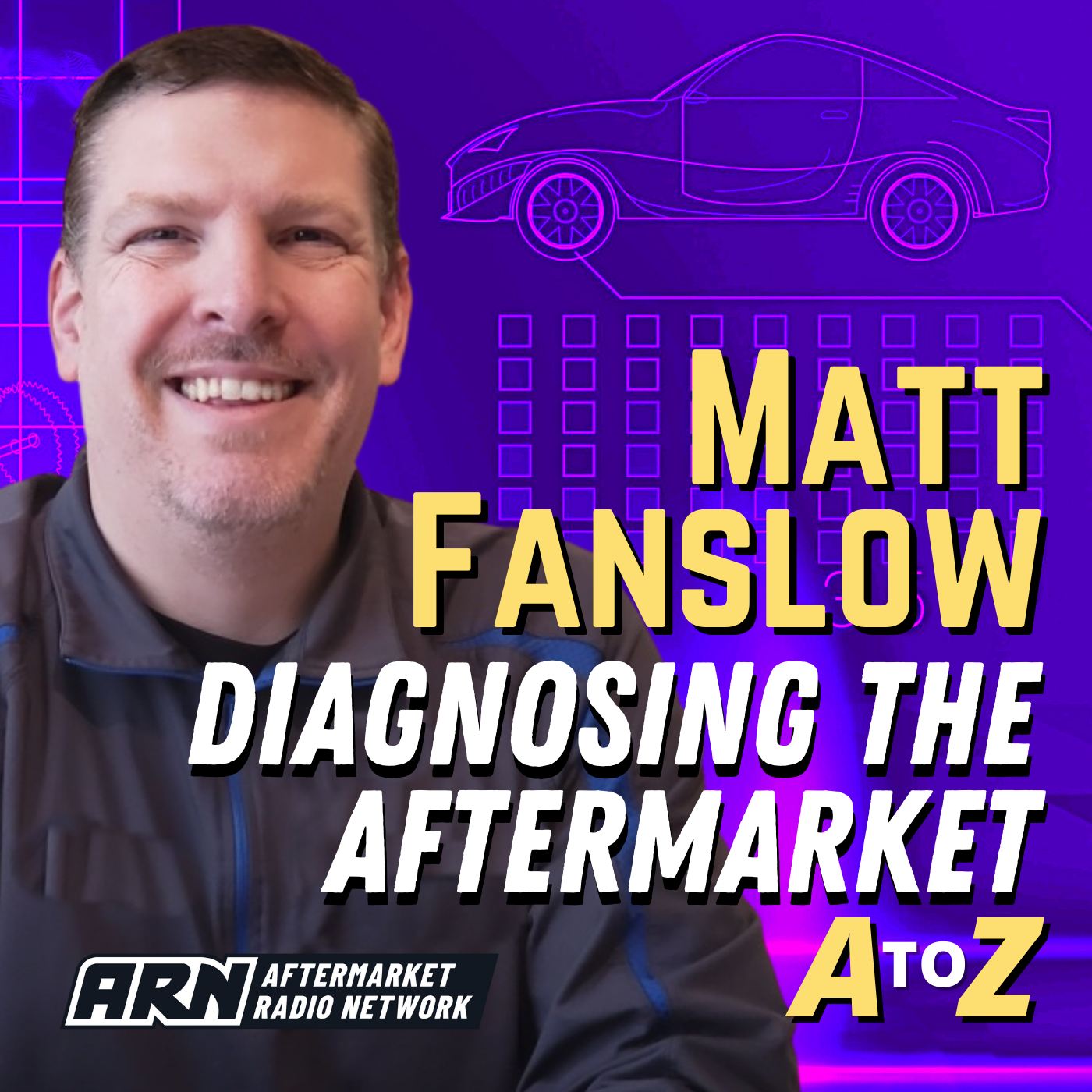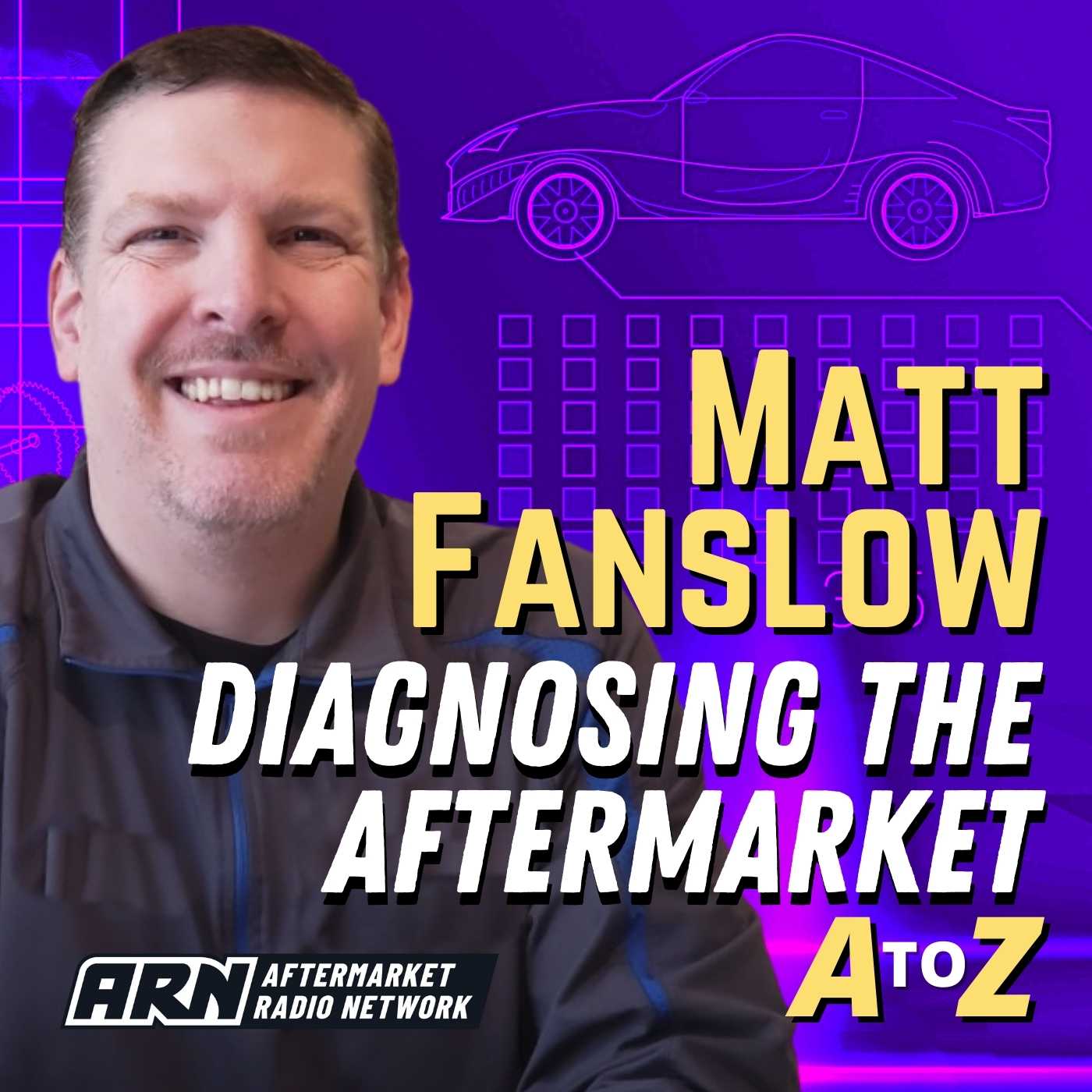Episode 22
Circuit Loading With Sean Tipping - Matt Fanslow Diagnosing the Aftermarket A to Z [E022]
We're talking about loading these circuits, stressing them out, making them do what they were designed or maybe even a little bit beyond.
- Need bulbs to insert a load on a circuit
- That's a visual representation that the current control that's the best.
- Frame rusted-out conditions are a challenge. Frames can lose ground.
- Sean: That's what I like about electricity. It plays by a set of rules that have to be, and as long as you understand those rules, you can win
- Sean: Is it just voltage? Is it data, or is this for an output? Is this something that's doing work? We've got to treat it differently. We've got to test it differently. That's where the choice comes into play, but you got to understand the purpose of the circuit before you can do that
- If we're looking at a fuel pump and we're cycling on and off on and off with a key or with some sort of a device, or a switch. Where we hit the fuel pump a few times to start it spinning that if it's rated for, we'll just say, it's fused for 20 amps, you'll see spikes 40 amps, no problem over and over and over and over and over and over.
- Because the fuses don't necessarily blow from the actual amps. It's the heat. So I need some time, which I know that statement kind of sounds almost like an oxymoron, but it needs time to build up the heat to blow. Heat blows a fuse heat created by the current flow, and the current is not there long enough to pop the fuse. So a lazy test, you want to replace a fuel pump or you're suspicious of a fuel pump got low pressure, and you want to verify power feeding grounds. If you're lazy like me, you're not raising the vehicle up and checking for power feeding ground at the fuel pump connector. You're taking your low amp, current probe in your lab scope, and you're hitting the fuel pump over and over and over.
- Don't do it just once or twice do it like 20 times, 30 times, just bang, bang, bang, bang, bang, bang, bang.
- Do you really think there might be a bad ground to the frame rail? Probably not. That's a great way to look at it is to really, really stress that circuit.
- We're talking about loading these circuits, stressing them out, making them do what they were designed or maybe even a little bit beyond.
- So the heat that's developed in a conductor, like a cable or wire or a fuse.
- I learned so much about just sitting for a few minutes in the driver's seat with the scan tool and looking at data and looking at pertinent data and just kind of thinking about how, how it works.
Thanks to our Partner, NAPA Autotech
NAPA Autotech’s team of ASE Master Certified Instructors are conducting over 1,200 classes covering 28 automotive topics. To see a selection, go to napaautotech.com for more details.
Contact Information
The Aftermarket Radio Network: https://aftermarketradionetwork.com/
Remarkable Results Radio Podcast with Carm Capriotto: Advancing the Aftermarket by Facilitating Wisdom Through Story Telling and Open Discussion. https://remarkableresults.biz/
Diagnosing the Aftermarket A to Z with Matt Fanslow: From Diagnostics to Metallica and Mental Health, Matt Fanslow is Lifting the Hood on Life. https://mattfanslow.captivate.fm/
Business by the Numbers with Hunt Demarest: Understand the Numbers of Your Business with CPA Hunt Demarest. https://huntdemarest.captivate.fm/
The Auto Repair Marketing Podcast with Kim and Brian Walker: Marketing Experts Brian & Kim Walker Work with Shop Owners to Take it to the Next Level. https://autorepairmarketing.captivate.fm/
The Weekly Blitz with Chris Cotton: Weekly Inspiration with Business Coach Chris Cotton from AutoFix - Auto Shop Coaching. https://chriscotton.captivate.fm/
Speak Up! Effective Communication with Craig O'Neill: Develop Interpersonal and Professional Communication Skills when Speaking to Audiences of Any Size. https://craigoneill.captivate.fm/


